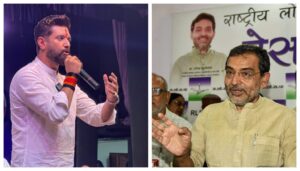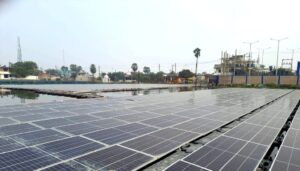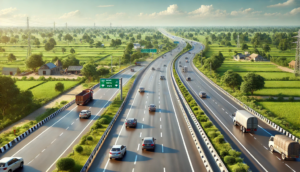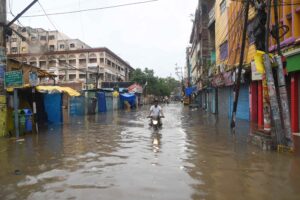Nepal Braces for Mass Protest Demanding Return of Monarchy, Impact Expected on India
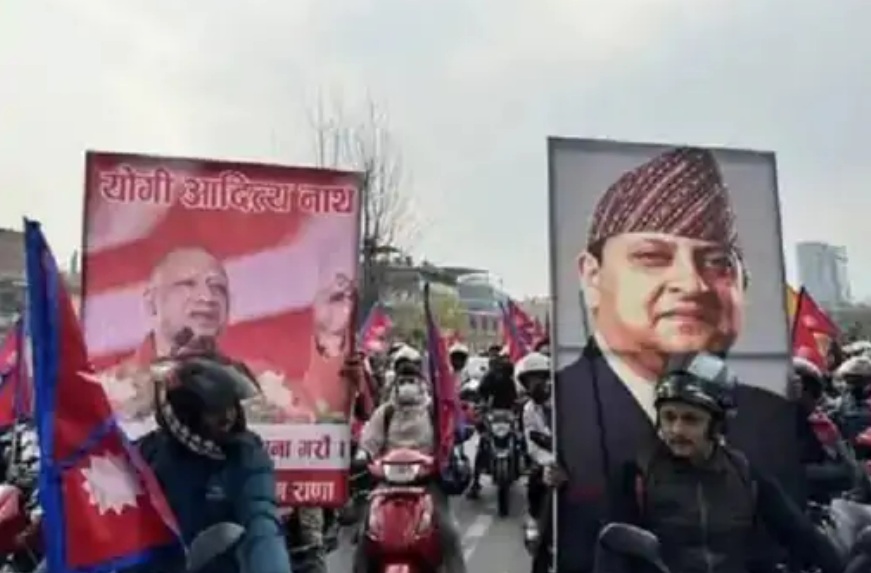
Raxaul (East Champaran, Bihar): Nepal is witnessing a resurgence of support for monarchy, with large-scale protests planned under the “Raja Lao, Desh Bachao” (Bring the King, Save the Country) movement on March 28. More than 40 Nepalese organizations have joined the agitation, calling for the restoration of King Gyanendra Shah’s rule. The movement is expected to impact border districts of Bihar, Uttar Pradesh, Uttarakhand, West Bengal, and Sikkim due to Nepal’s historical and cultural ties with India.
Protests Gain Momentum Amid Economic Crisis
A massive rally is expected in Kathmandu, and demonstrations will be held in major Nepalese cities such as Nepalganj, Pokhara, Biratnagar, Janakpur, Dhankuta, Butwal, Palpa, and Kapilvastu. Protesters claim that Nepal’s democratic system has failed, leading to corruption, inflation, unemployment, and economic distress. The unrest intensified after March 9, when thousands gathered at Tribhuvan International Airport to welcome King Gyanendra and raised slogans of “Bring the King, Save the Country” and “Hindu Rashtra”. Some protesters even waved Indian flags and chanted “Bharat Mata Ki Jai”, adding an international dimension to the agitation.
The movement has gained traction among both Madhesi and Pahari communities, reflecting dissatisfaction across Nepal’s diverse population. Narayanhiti Palace, once the official residence of Nepalese monarchs and now a museum, has become a focal point for the protests.
Why Nepalese Citizens Are Demanding Monarchy’s Return
Supporters argue that monarchy provided political stability and economic growth, while democracy has led to political turmoil, frequent government changes, and economic decline.
Pashupati Vikram Shah (90), a royalist, stated: “I have witnessed both monarchy and democracy. The condition of Nepal has worsened under democracy. If the government had worked for the people, there would be no demand for monarchy’s return.”
Protesters believe that the monarchy’s return will not be absolute but constitutional, granting special rights to the king while keeping executive power within the constitution.
Economic and Social Factors Driving the Movement
- Rising unemployment: Many Nepalese youth are migrating abroad due to a lack of jobs.
- Industry shutdowns: Businessmen claim excessive taxes and poor policies have led to factory closures.
- Political instability: Frequent government changes have fueled governance failures.
- Inflation and corruption: People feel democracy has only benefited politicians while the common man suffers.
Impact on India: Security, Trade, and Migration Concerns
If the protests escalate into political instability, it could directly affect Indian border districts in Bihar, Uttar Pradesh, Uttarakhand, West Bengal, and Sikkim. Intelligence agencies are closely monitoring the situation, and Indian authorities may increase border security.
Potential impacts on India include:
- Security risks: If the protests turn violent, there could be cross-border tensions.
- Trade disruptions: Nepal is a major market for Indian goods; unrest could slow cross-border trade.
- Migration concerns: If Nepal faces a political crisis, many Nepalese citizens may seek refuge in India.
- Black market growth: Petrol, gas, and essential goods could be smuggled due to supply disruptions.
Nepalese Organizations Mobilizing Millions for Protest
Nandkishore Goyal, President of Nepal Rashtravad Sangh, declared that the protests would be historic. He claimed that 15 to 20 lakh people will gather in Kathmandu alone, while demonstrations will occur across all Nepalese districts.
“This is a do-or-die battle. The monarchy must return to save Nepal. If anyone opposes us, the movement can take another turn,” he warned.
India’s Role in Nepal’s Crisis
The movement has also led to accusations that India is interfering in Nepal’s politics. Some leaders allege that the growing support for monarchy is backed by pro-Hindu groups in India, especially in Uttar Pradesh, where Chief Minister Yogi Adityanath has strong ties to Nepalese Hindus.
Nepalese leaders have urged India to play a supportive role. Hira Bahadur Chandra, spokesperson of Rashtriya Nagrik Sangharsh Samiti, stated:
“Nepal supported India during its independence struggle. Now, India should raise our issue at the global level.”
What Lies Ahead?
While Nepal’s government has not issued an official response, the March 28 protests could mark a turning point in the country’s political landscape. If the movement gains further momentum, Nepal may be forced to reconsider its democratic framework.
For now, all eyes are on Kathmandu as the countdown to one of the biggest political protests in recent Nepalese history begins.

